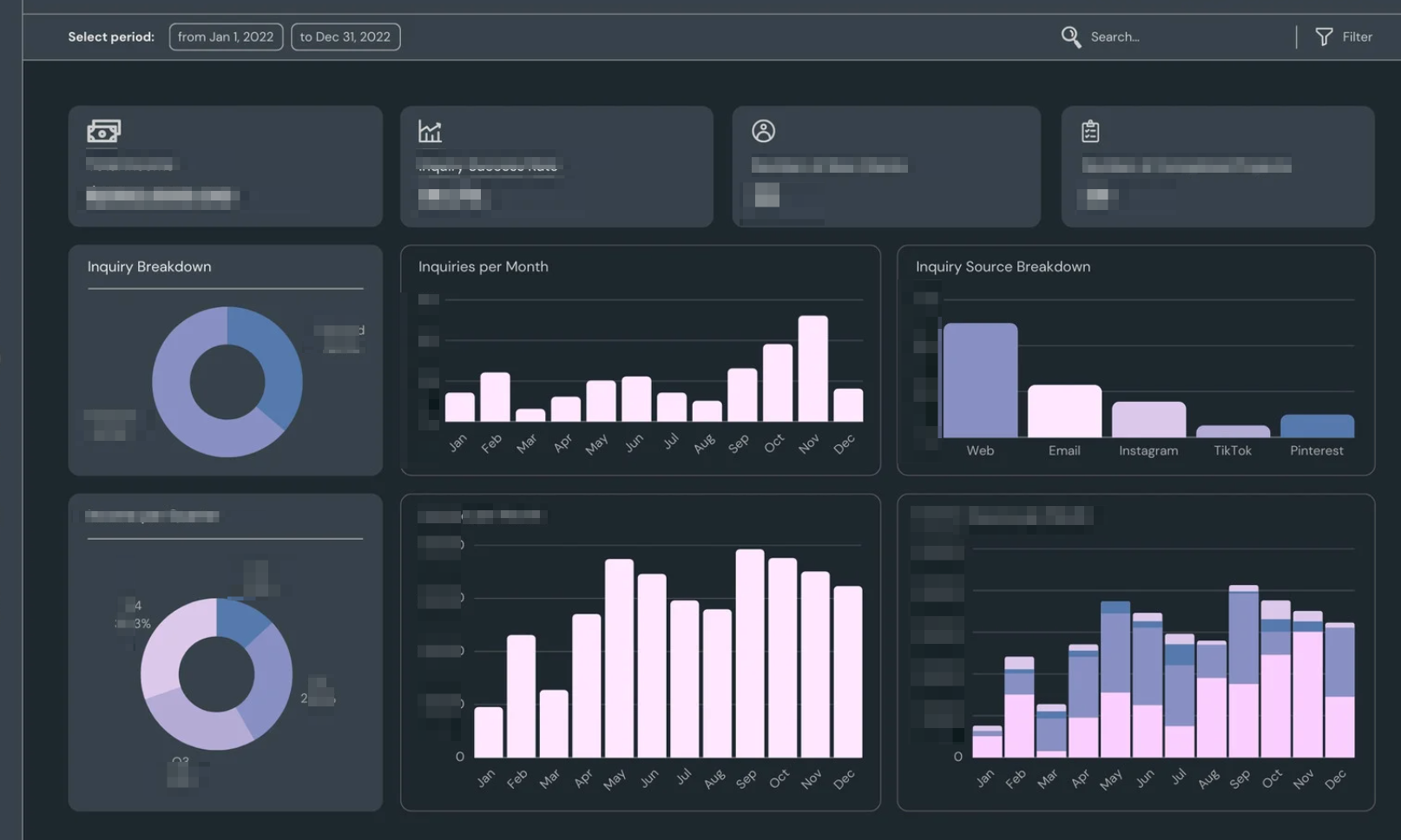Machine learning also occurs with supervised learning methods that tie the model to an outcome, event, or label – in this case, conversion from prospect to a customer for a luxury travel guide app. We used a variety of web events data and user-centric attribution data to predict whether a visitor to the website would convert to a customer. The goal was to identify cases where offering a limited-time discount was unnecessary. Given limited conversions, we still managed to train a model that correctly predicted cases over 85% of the time regardless of the sample drawn.
The model used reflects a random forest of decision trees that attempt to predict whether a case will convert. The chart above visualized the relationship between the true positive rate and the false positive rate (the orange line) relative to the coin flip (the blue line).
The impact of this research was manifold and started with the less-than-obvious conclusion of uninterrupted engagement-inspired conversions. The client was an increased and intense focus on creating a “dream state” and never distracting the user from that. The question became, how do we keep them dreaming and still ask for the sale? The answer was to incorporate the model’s propensity generation into the website by using it to trigger interstitial information about membership. When the score was high enough, a cta was shown. This fundamentally changed the financial prospects for the client starting with a massive increase in conversion rate and retention.
Ryan Morton, Gerzson Boros, and Jeremy Brooks



